HEPIUS DBOL TABLETS 20MG/100
$100.00
Methandrostenolone does not react strongly with the androgen receptor[5], instead relying on activity not mediated by the receptor for its effects. These include dramatic increases in protein synthesis, glycogenolysis, and muscle strength over a short space of time. However, due to its mode of action, it decreases the rate of cell respiration and decreases production of red blood cells. In high doses (30 mg or more per day), side effects such as gynaecomastia, high blood pressure, acne and male pattern baldness may begin to occur. The drug causes severe masculinising effects in women even at low doses. In addition, it is metabolized into estradiol by aromatase. This means that without the administration of aromatase inhibitors such as Anastrozole or Aminoglutethimide, estrogenic effects will appear over time in men. Many users will combat the estrogenic side effects with Nolvadex or Clomid. In addition, as with other 17α-alkylated steroids, the use of methandrostenolone over extended periods of time can result in liver damage without appropriate care.
|
Methandrostenolone
|
|
| Systematic (IUPAC) name | |
| (8S,9S,10S,13S,14S,17S)-17-hydroxy-10, 13,17-trimethyl-7,8,9,11,12,14,15,16- octahydro-6H-cyclopenta[a]phenanthren-3-one |
|
| Identifiers | |
| CAS number | |
| ATC code | A14 |
| PubChem | |
| Chemical data | |
| Formula | C20H28O2 |
| Mol. mass | 300.441 g/mol |
| Pharmacokinetic data | |
| Bioavailability | ? |
| Metabolism | Hepatic |
| Half life | 4.5-6 hours |
| Excretion | Renal |
| Therapeutic considerations | |
| Pregnancy cat. |
X(US) |
| Legal status |
DEA Schedule III (US) |
| Routes | Oral |
Out of stock

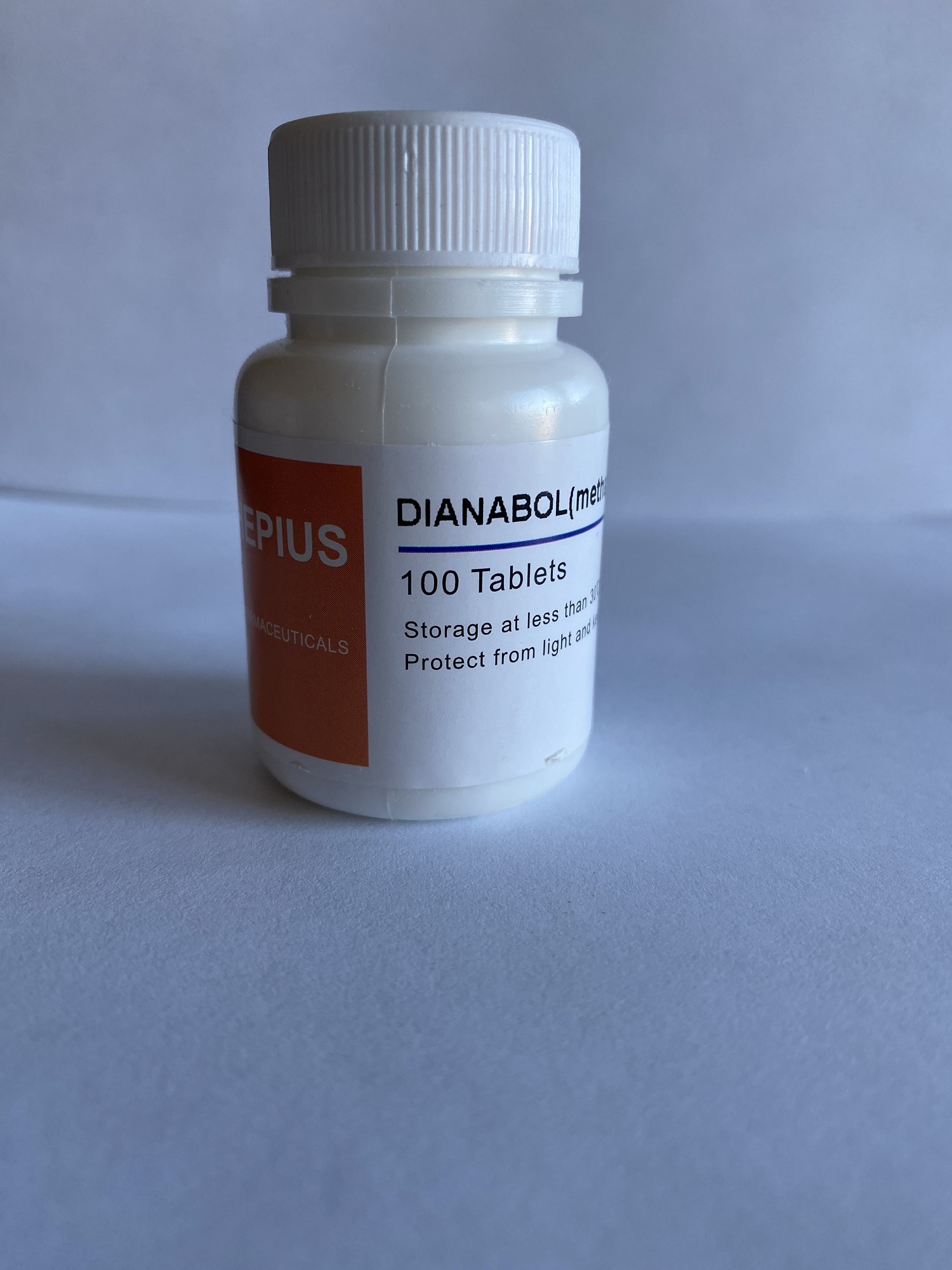
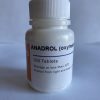
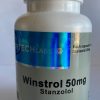

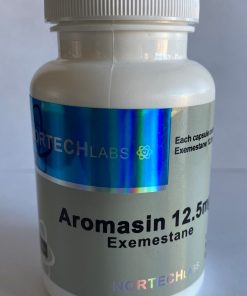
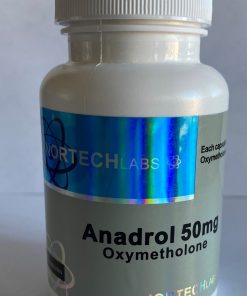
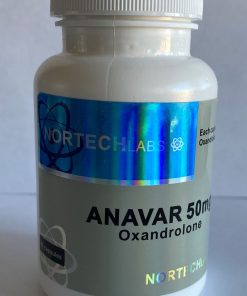
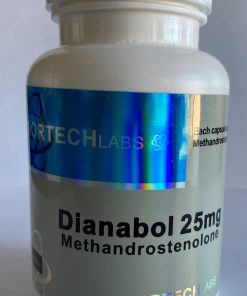
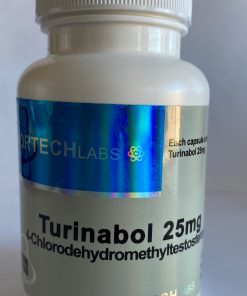
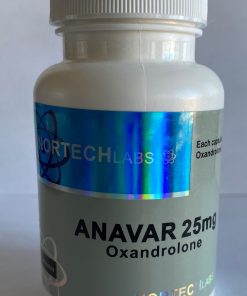
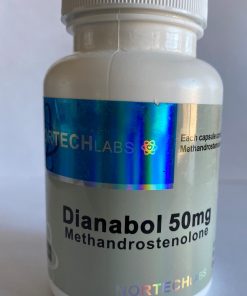
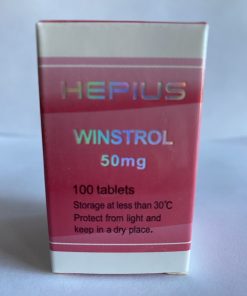
Reviews
There are no reviews yet.